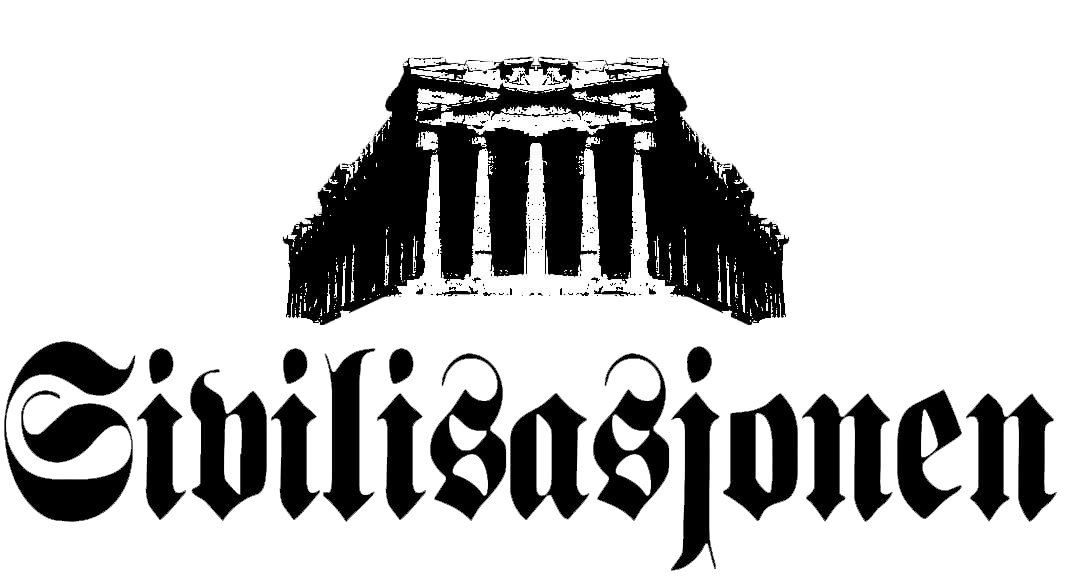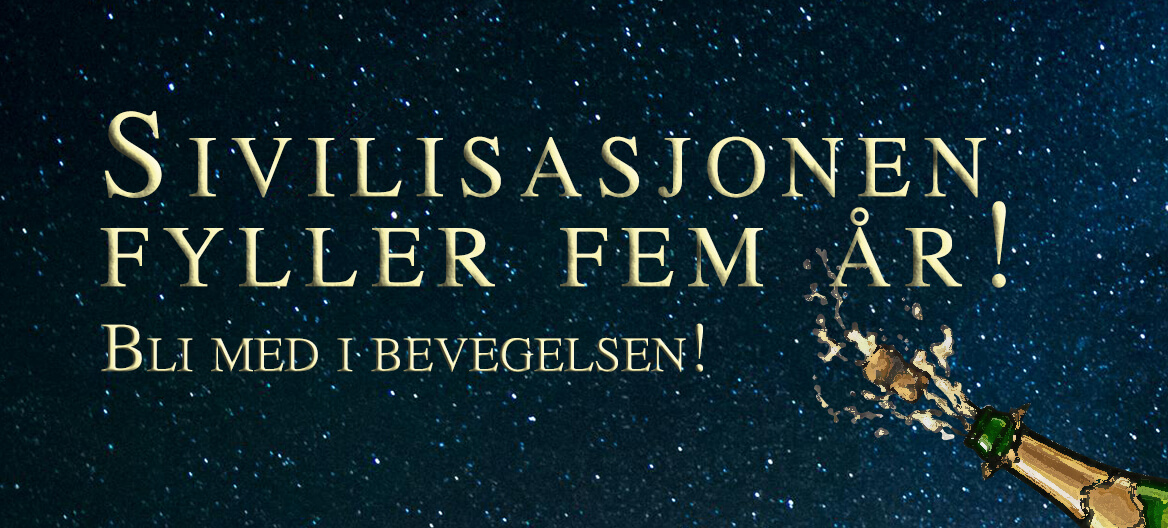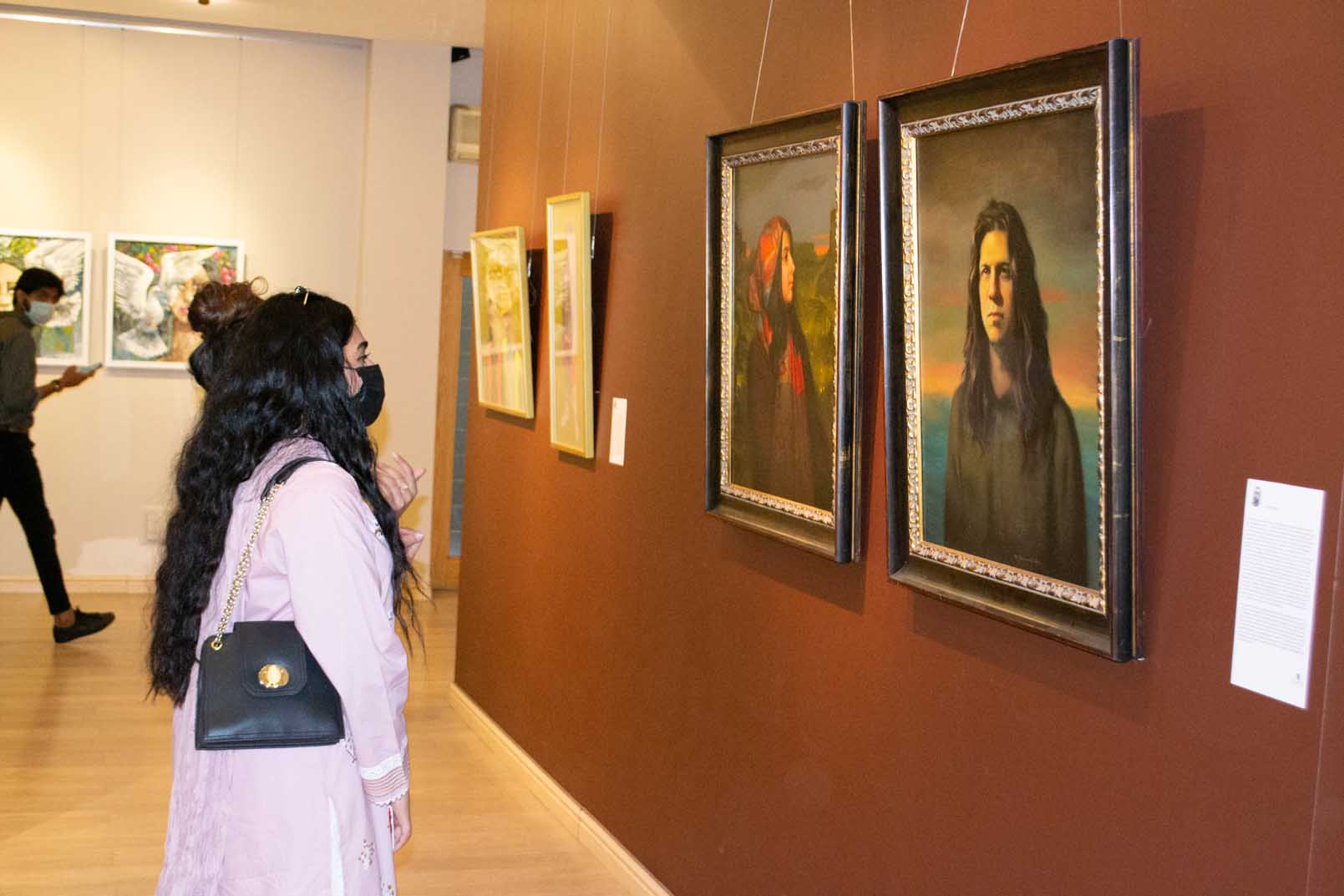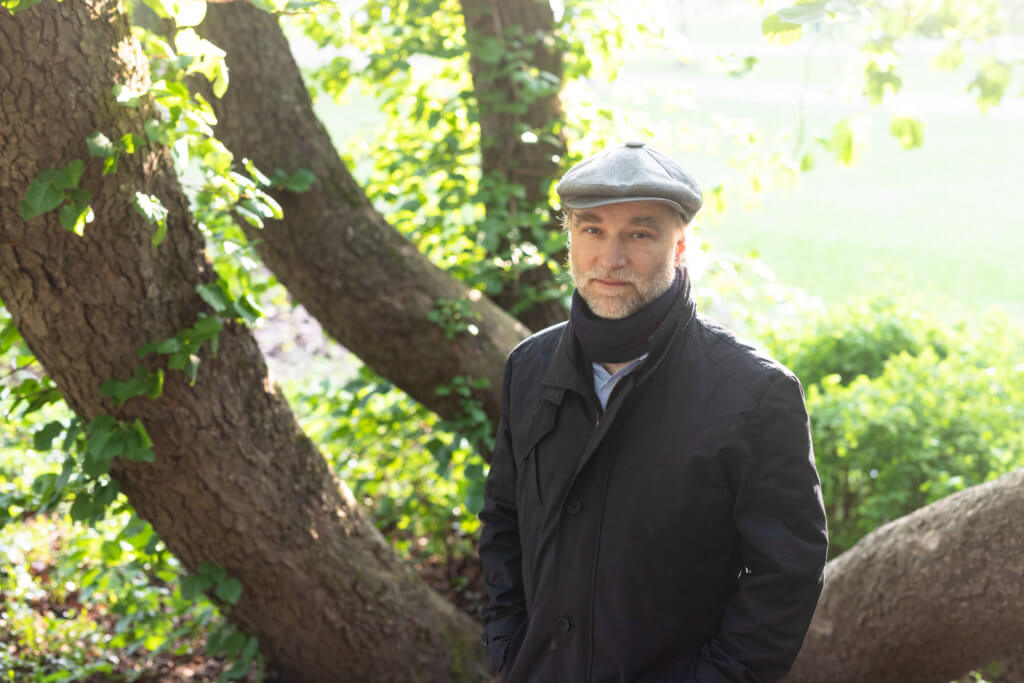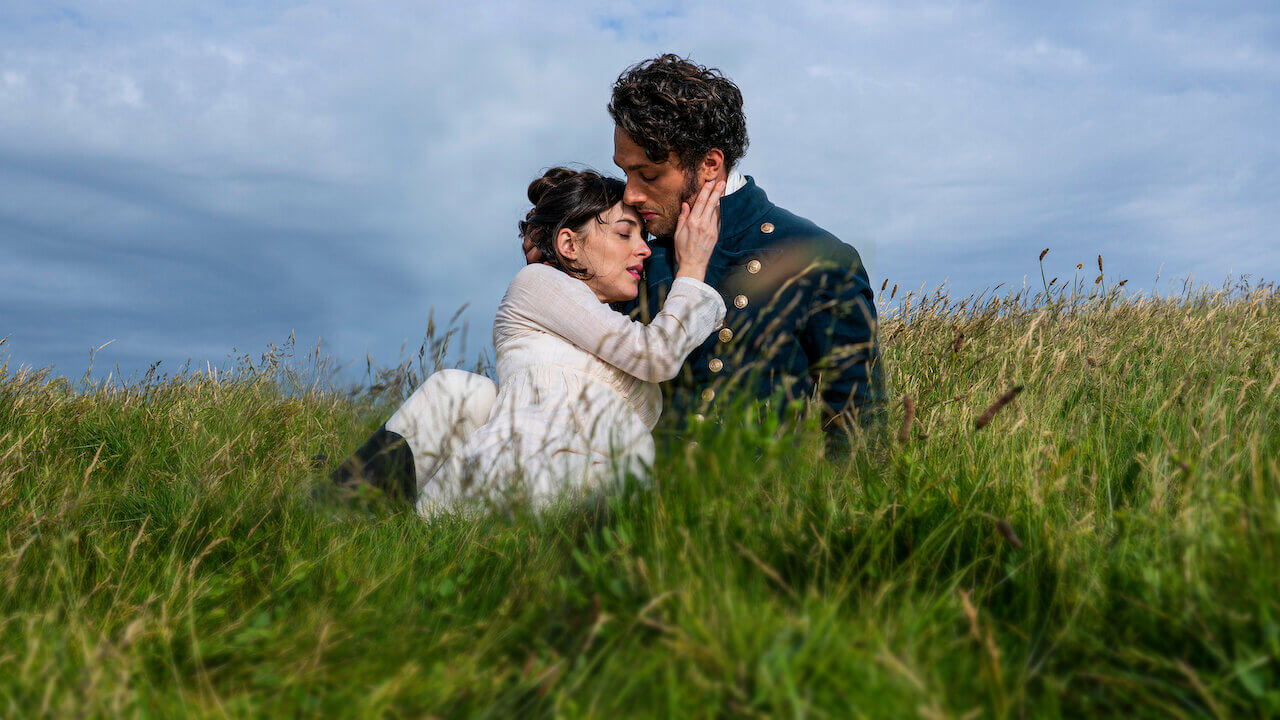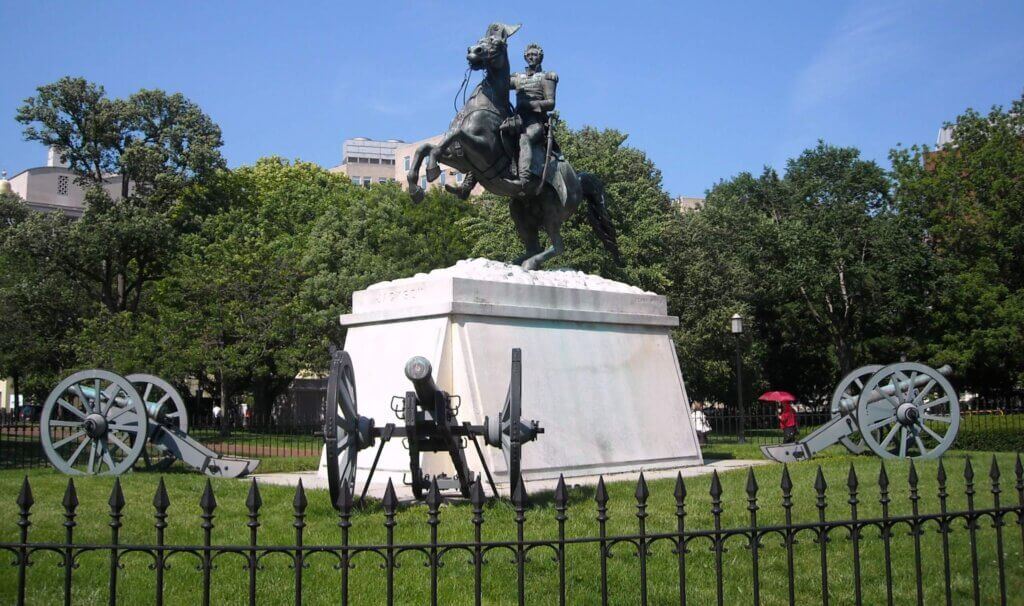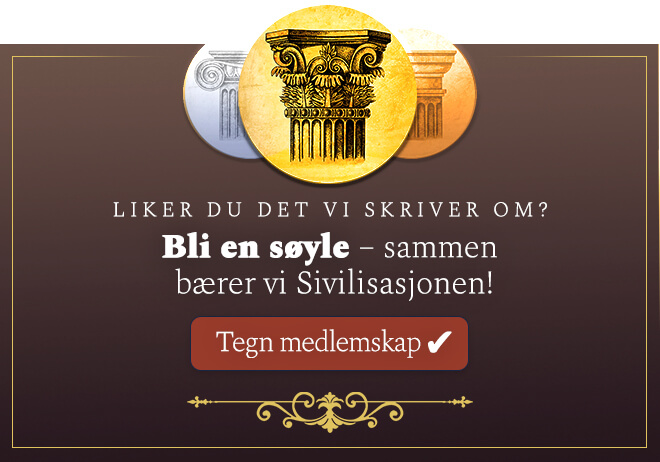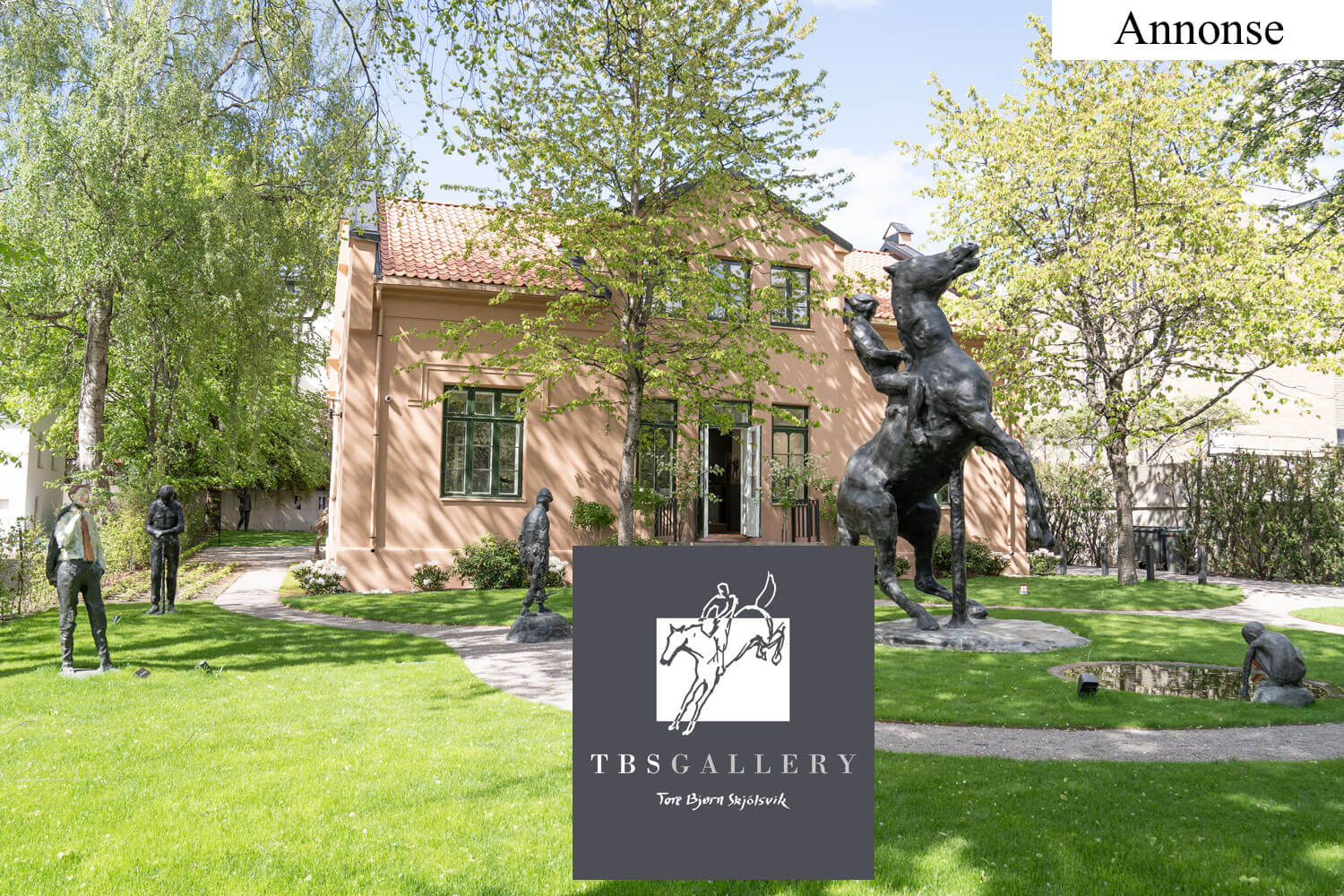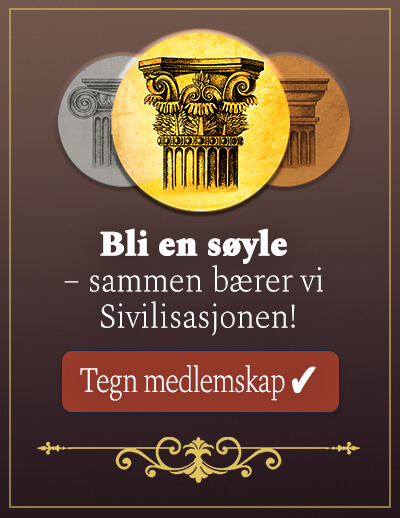In Lahore, Pakistan, a large painting exhibition opened in April, which can be seen as a sign of the rekindling of the region’s long history of classical figuration. The exhibition stands out not only in its scope, but also in the kind of paintings that are exhibited. As many as 50 painters are exhibited, and all of them paint in a figurative(!) manner.
The CEO of the Ejaz Art Gallery, Muhammad Ramzan, points out that the demand for figurative painting has increased considerably in recent years and calls the exhibition a success.
– A genre that once had to face setback, is now becoming the centre of attention in our region, Ramzan says to Civilization Magazine.
Revival of a Long Tradition
It is referred to as perhaps the largest painting exhibition in the provincial Capital so far: In Lahore, Pakistan, the Ejaz Art Gallery has displayed the works of 50 figurative painters in the exhibition Resurgence. Lahore is the hometown of one of Pakistan’s greatest painters – Allah Bakhsh (1895-1978) – and recent events indicate that the city perhaps will play a central role also in what appears to be the dawn of a new revival of figurative painting.
Dr. Rahat Naveed Masud – who is a painter, critic, educationist and former principal of the College of Art and Design, University of Punjab – talks about the region’s long history of figuration:
– In our region, figuration has had a long history. Ranging from the elegant sculpture of Gandhara to the steatite and terracotta figurines of Mohenjodaro, to the ornately assembled grand Mughal albums, down to the splendid European oil paintings visible in the Bamba collection housed at the Lahore fort; figurative art has enjoyed a popular status.
She lists painters such as Hal Bevan Petman, Allah Baksh, Anna Molka Ahmad, Khalid Iqbal, Saeed Akhtar, Colin David, and Iqbal Hussain as examples of painters who have produced a large body of work in the figurative genre.
– Due to the cataclysmic religious and political events of the 1980s and 1990s, however, there was a cultural shift towards conservatism. Society became fearful and obscure, which drove them towards obscurantism and as a result figuration suffered a setback, she says.
Dr. Masud claims that they are witness to a transformation in Lahore:
– There is a rekindling of interest in the human form and figure. More and more painters once again find this as a viable medium of social, emotive and aesthetic expression. The present show at Ejaz Art Gallery is a undisputed indicator towards this development.
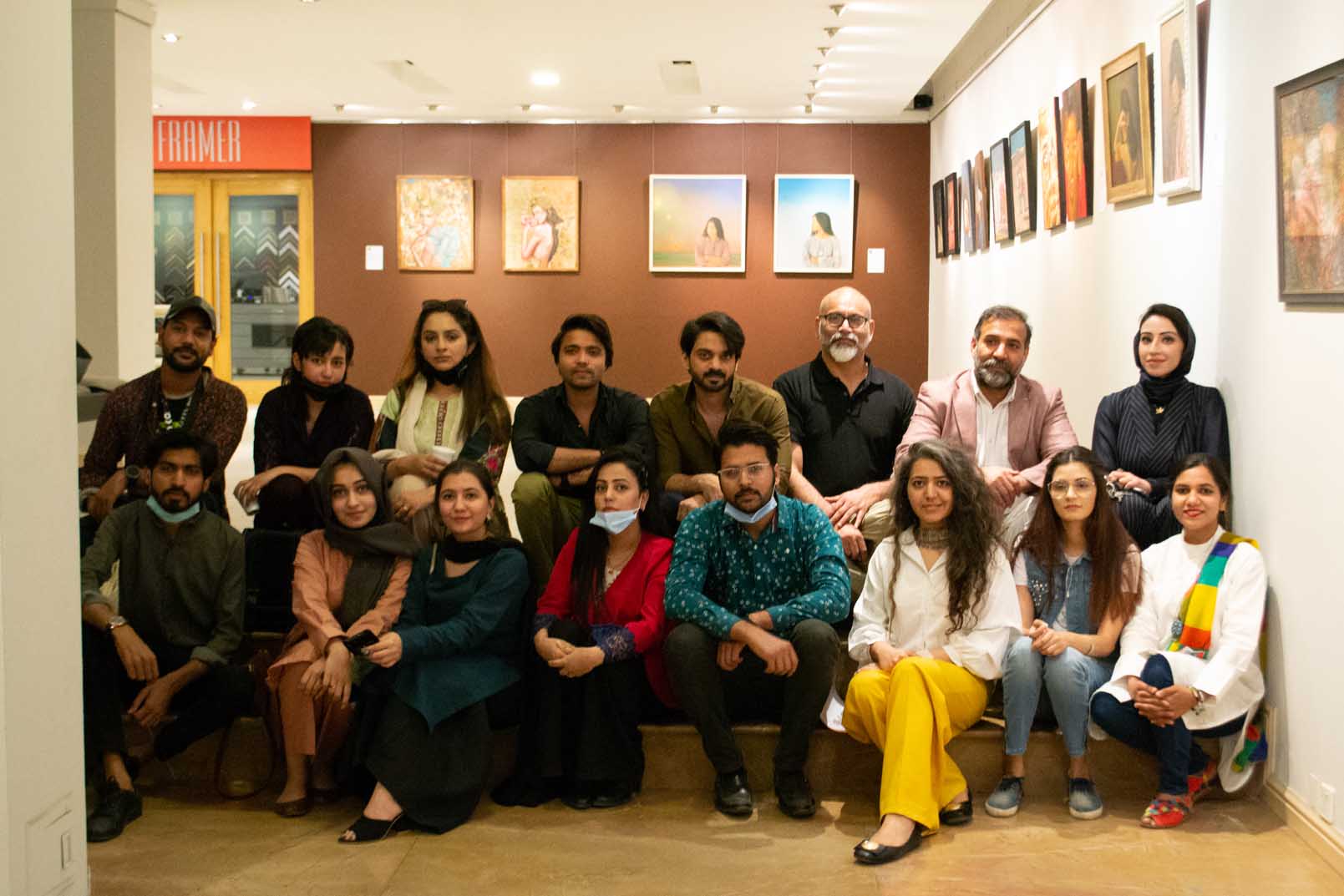
Increased interest in figuration
The gallery owner and CEO of the Ejaz Gallery, Muhammad Ramzan, states that the name of the exhibition, Resurgence, supports Dr. Masud’s presentation of the development of figurative painting in the region:
– Due to an increasing interest towards figurative painting in Pakistan, we saw it fit to name the exhibition Resurgence. The exhibition features 50 brilliant figurative painters, ranging from emerging to senior, Ramzan says.
He tells Civilization Magazine that the planning of the exhibition required more than six months of work, but that all the was worth it given the success of the exhibition.
– Not only from an exhibition standpoint, but also from a gallery and business standpoint, I feel a rising demand in figurative paintings, he says.
The fact that figurative painting experiences a revival, he calls a win-win situation both for the painters and for his gallery.
Challenging for Classical Painters
Ali Hammad is one of the most skilled and established painters who exhibits in the Resurgence exhibition. His painting The Bird Catcher came in third place in the 15th ARC salon, and the painting will be exhibited at Sotheby’s in New York City.
Hammad utgjør, sammen med sin bror og sin venn , en trio av klassiske malere som er en intellektuell katalysator for klassisk figurasjon i Pakistan.
Together with his brother Ali Saad and his friend Mahmood Hayat, Hammad is part of a trio of classical painters who form an intellectual catalyst for classical figuration in Pakistan. They have initiated several classic exhibitions and are often interviewed on Pakistani television about their work and the classic values from which they work. Mr. Hayat also has a YouTube channel where videos about classical painting are regularly published:
– How is the situation for a classical painter in Pakistan today?
For a classical painter, the situation is challenging in Pakistan. First of all it is very hard to become one as there is no such platform where proper academic training is given. We have good institutions where figure drawing is taught, but it is limited, Hammad says.
He is critical to the fact that the methods and techniques that are taught are open, as this results in works with a contemporary feel.
– The apprentices are not forced, for their own good, to fully follow the footsteps of the old masters of the Renaissance and the Baroque.
For Hammad as a painter, it has been an arduous journey, struggling almost alone to paint “truth and beauty.”
– Paint – its chemistry, its usage, its magic, its breathing quality – has always been primary to me and subject matter secondary. This is opposite to what people are doing and appreciating. People in general believe painting is self-expression and that technique is secondary.
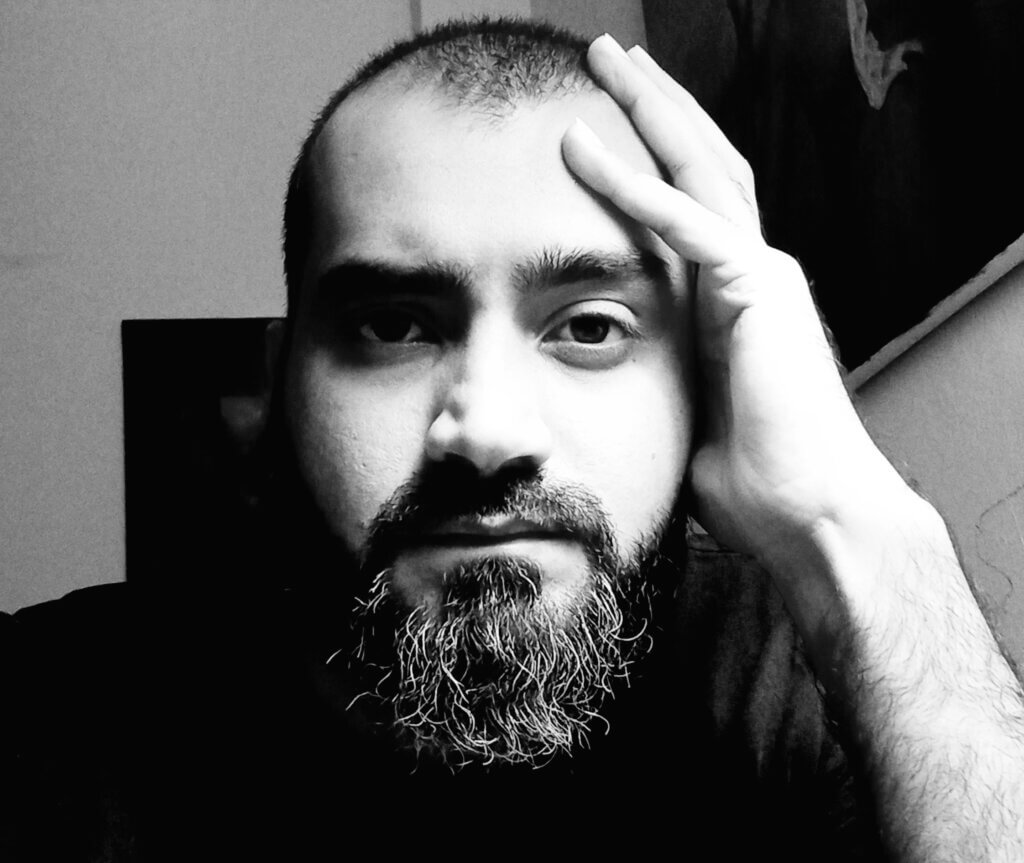
The Dead Bodies of Photorealism
Hammad claims that not all realism produced in Pakistan is based upon the principles of the masters. According to Hammad, this is a weakness.
– There is a misunderstanding that anything that looks “real” is beautiful. There may be plenty of realism, but it’s like dead bodies – portraits, figures and objects that lack spirit. A painter’s job is to capture spirit, Hammad says and adds:
– As a painter, I am working hard to educate people silently through my works, to set standards of what is true and what is false; what is beautiful and what is not.
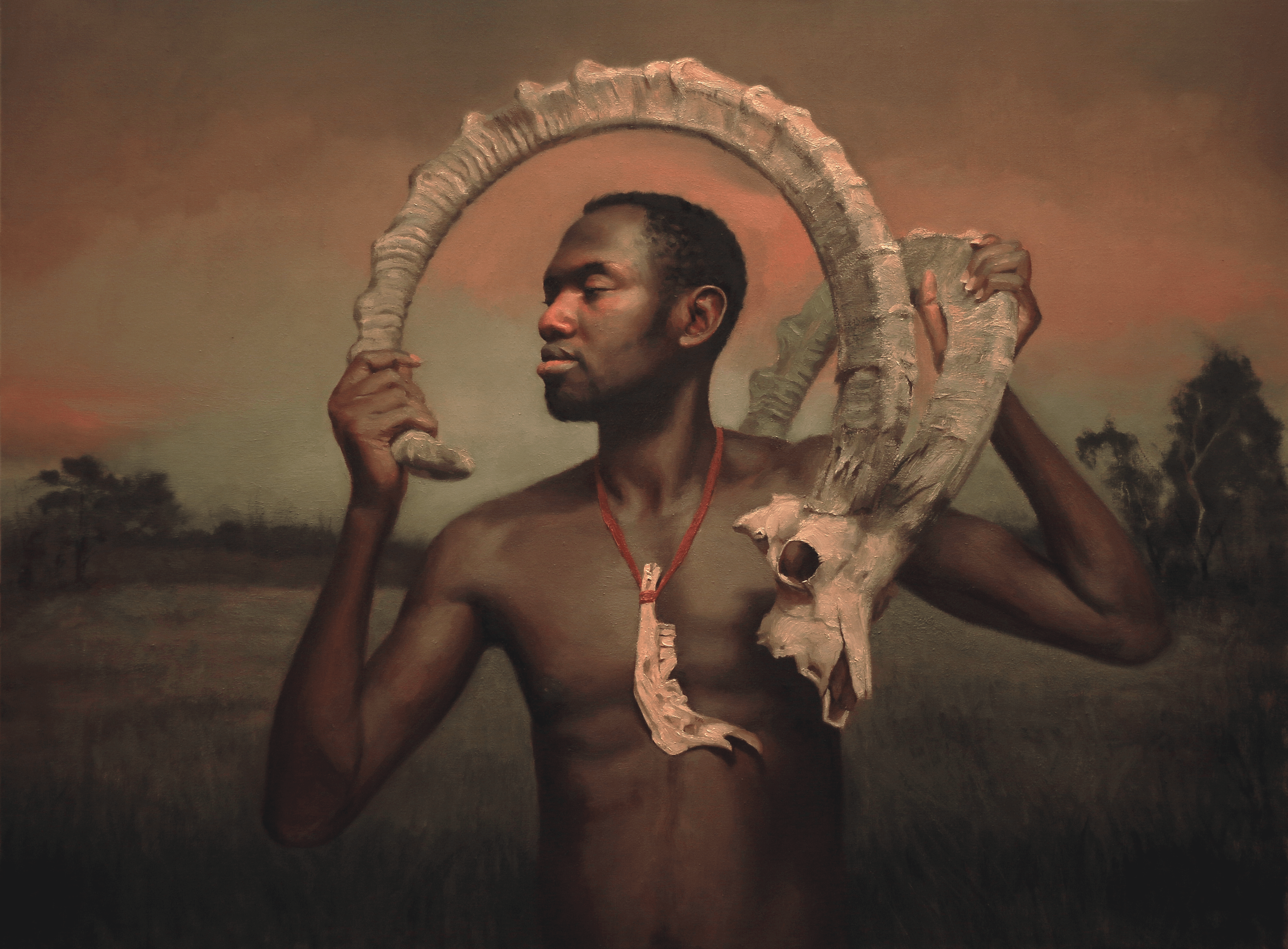
The Return of the Love of Figuration
– There is a common idea that is well etched in the minds of people over time that this is an old school and is only history, and that we live in the modern age and hence must produce what is the demand of the present time, Hammad says.
As a classical painter, Hammad could not disagree more with the values following the Zeitgeist (Spirit of Time). When he says that large parts of the art market in Pakistan are characterized by “bizarre modernism” and artists who are “not much more than ‘trademarks,’” it becomes clear that Hammad and his classical colleagues are still facing challenges.
– However, the exhibition Resurgence shows that the interest and love for figurative painting is coming back, he says thoughtfully.
Despite the many challenges, Hammad and his colleagues have continued to cultivate technique, talent, and beauty. Possibly, the grand exhibition Resurgence is a sign that their efforts are beginning to bear fruit.
